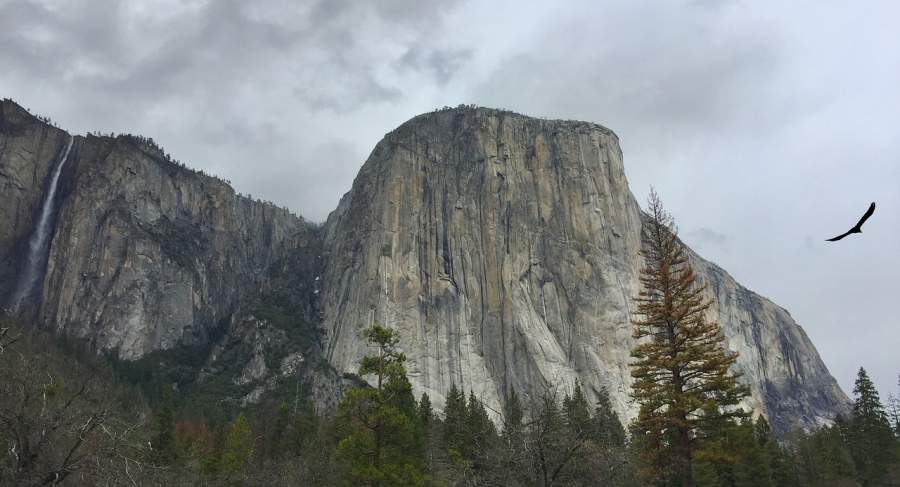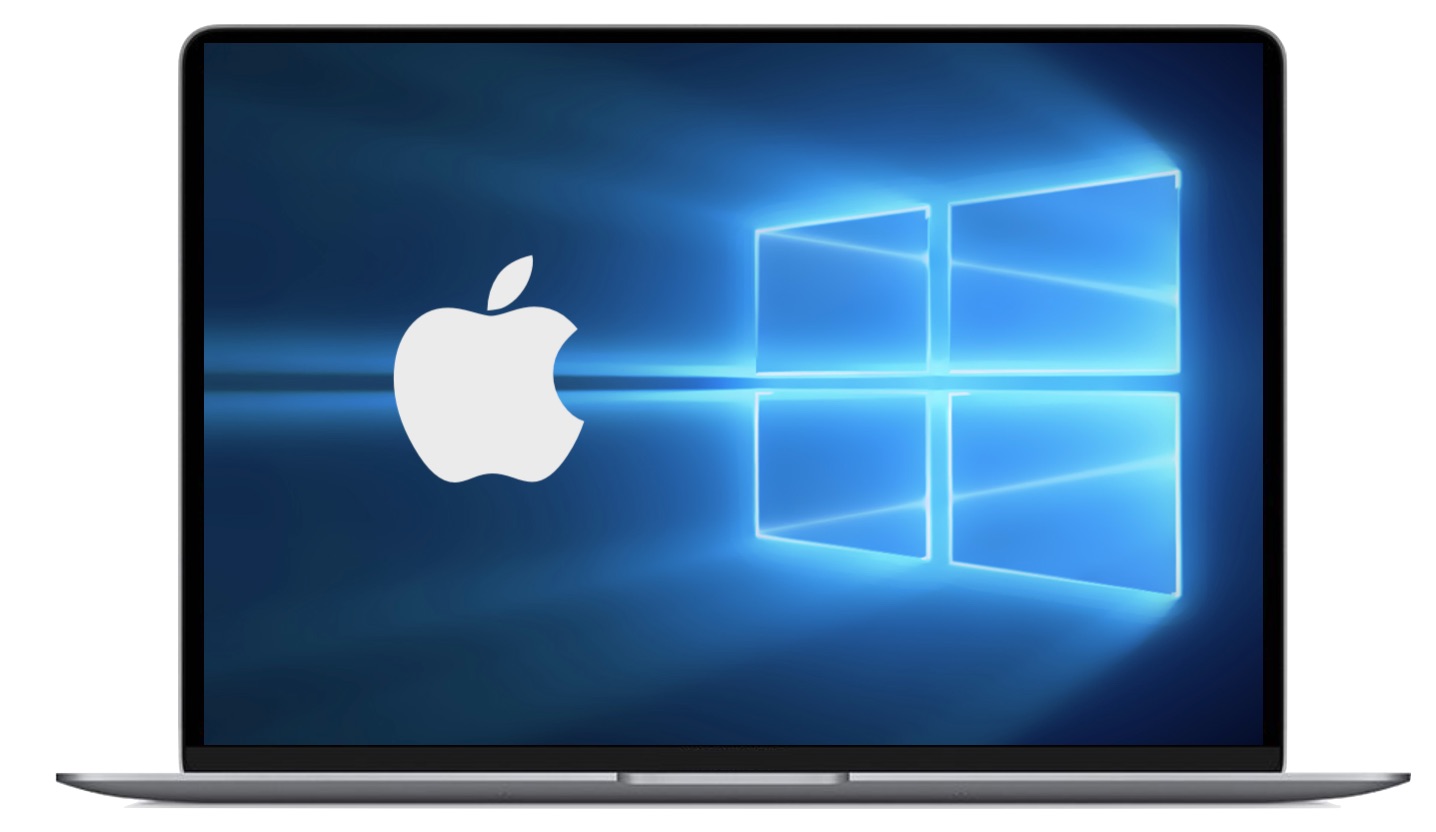Jul 22, 2021 Bootcamp El Capitan Download; Bootcamp Hackintosh El Capitan; Download Bootcamp For El Capitan; Bootcamp El Capitan 10.11; If you have one of these Intel-based Mac models using OS X El Capitan or later, you don't need a USB flash drive to install Windows: MacBook introduced in 2015 or later MacBook Air introduced in 2017 or later 3. In order to install Boot Camp drivers, please follow the article “Boot Camp x64 is unsupported on this computer model“. Post Tags: # BootCamp # El Capitan # iso # windows 10 Post navigation. Upgrade Os X El Capitan; Bootcamp Mac El Capitan; Check compatibility. I’m stuck in Mac OS X 10.8.5 and can’t update to catalina. So i tried to update to El Capitan first to be able to get capitan after that but it’s says my os doesn’t support it When trying to download from the appstore.
I have a Mac Pro 3,1 with an ATI Radeon RX580 8GB graphics card, a dosDude Catalina (10.15.6) install on an internal SSD and and a Windows 10 Pro (latest Version and updates) install on an internal HD.

Both macOS and the Windows work fine along with all parts of the Mac. As I a have the Radeon card I do not have a boot screen until either Catalina has mostly started up or Windows has started to boot, so I cannot change the booting by holding down the Option key.
I previously ran El Capitan instead of Catalina, and with that I had installed in Windows the Boot Camp 4 drivers, which allowed me to select macOS from the Boot Camp Assistant and reboot from Windows into El Capitan. From El Capitan I could select the Windows drive in the start up disc control panel and reboot into Windows.
However, since upgrading to Catalina, I can still select the Windows drive in the start up disc control panel and reboot into Windows. However if I select macOS from the Boot Camp Assistant and reboot the Mac, it always reboots into Windows.
My current work around is to shut down, remove the Windows drive, reboot in to Catalina, select Catalina in the Startup Disk control panel, reboot into Catalina, shut down, re-install the windows drive, start up and it starts up into Catalina again with the Windows disk mounted. I can then just select the Windows drive in the start up disc control panel and reboot into Windows when I need to.
From what I have read it's an issue with boot camp not liking the APFS file system Catalina uses. I have also read that a newer version of Boot Camp would fix the issue. I have upgraded Boot Camp to version 6, but this cause other issues in Windows and in the end I had to format the windows drive and re-install it from scratch along with the Boot Camp 4 drivers.
Can anybody tell me how I can get this issue sorted out so I can just switch using Boot Camp?
Many thanks

Duncan
Contents
- 3.3 Dual Boot Windows 10 on Mac OS X 10.11
Not only has Apple been diligently working on a new OS, El Capitan, but Microsoft isn’t too far behind, either. In fact, their newest version of Windows is, in my humble opinion (although there are a lot of people who agree with me), the best one they’ve ever released. Many of us were unhappy with how Windows 8 looked, but the creators rectified that mistake by combining the familiarity of Windows 7 with the productivity of its successor.
Another great thing about this new OS is that is not solely available to Microsoft users, but Apple users can enjoy it, as well. Now, as a Mac user, you probably don’t want to part with your iOS, especially since you’ve gone through all that trouble of downloading El Capitan while it’s still in beta. What you can do is dual boot them, so you’ll get the best of both worlds. If you don’t really know how to go about this, I will walk you through the process.
Detailed Guide to Twin Boot Windows 10 on Mac OS X El Capitan
You don’t have to install Mac OS X El Capitan on your Mac device, you can also install it on an external hard drive, most especially when you want to access the OS quickly. You can consider Thunderbolt drives which are similar to the internal drives on Mac, or you can simply use the USB 3.0 external drive if you don’t have the Thunderbolt on your Mac. You will have to format an external drive before installing Mac OS X El Capitan, this will help to install the Mac OS X El Capitan safely on the hard drive and at the same time the configuration of your device will not be changed.
Step 1. Download Windows 10Obviously, you need an Internet connection, but I don’t want to be Captain Obvious here. So, go to their download page and sign up for the Insider Program. Once you’re signed in, scroll down and you’ll see two ISO files: x64 or x86. Depending on your OS, choose the one you need. If you’re not sure, x64 is for 64-bit OS, while x86 is for 32-bit. Not that x64 can install both version, but it’s still recommended to use the one that is more suitable.
Step 2. Create W10 InstallerFor this step, you’ll need Boot Camp Assistant. Open it up and check the options that say “Create a Windows 7 or later version install disk” and “Download the latest Windows support software for Apple,” then click 'Continue'. Now insert a USB drive into your computer (it has to have at least 16GB) and move the Windows ISO file to it. Boot camp will then ask you to confirm it, since the flash drive will be converted to FAT and everything on it will be deleted, so click 'Continue'. The file will start copying and will be renamed to WININSTALL. It shouldn’t take more than 10 minutes and, once it is done, you can move on to the next step.
 Step 3. Make a new Partition
Step 3. Make a new PartitionWhat will make this process easier is that you’ll be able to use Boot Camp Assistant for it, as well. Instead of checking the same boxes you did last time, select the one that says 'Install Windows 7 or later version' and go to 'Continue'.
Step 4. Choose a SizeNext, you’ll be asked to choose the size of your partition. You can go with any size that you want, but it’s recommended to have at least 30GB if you’re trying to install Windows 10 for the first time, or 40GB if you’re just updating it. It’s better to choose a little more extra space, just in case. Once you do that, click on 'Install'. When the installation has finished, your Mac will automatically restart.
 Step 5. Set up Windows 10
Step 5. Set up Windows 10Next, you’ll see the logo of Windows. Choose the language you want the OS to use and hit 'Install'. You’ll see two types of installation: the Upgrade and the Custom one. Choose the custom one and the partition you’ve created earlier. When you're done with that, click on 'Format' and then, 'Next'. Then you just wait until Windows finishes the rest on its own.
Step 6. Sign inYou’ll be asked to create an account and set up a pin, just like you would if you were installing it on a Windows computer. The only new thing with Windows 10 is that there’s now a pin, not a password, but it’s pretty similar, so you shouldn’t have any trouble with it.
Step 7. Juggling between Windows 10 and El CapitanEl Capitan Rv Park
From that point forward, you can normally use your new Windows 10. In case you want to switch between the two systems, you just need to turn off your computer and hold the Alt key when it’s booting again. It will open the 'Start Manager' where you can choose to use either Windows or Apple.
Boot Camp For El Capitan
Step 8. Removing Windows 10 (Optional)If at any point you decide that you don’t want to have Windows 10 on your Mac, you can simply delete it. What you do is you go to 'Disk Utility', select the file that should be called Macintosh HD and click on 'Partition'. Then, choose the smaller one on the bottom that is untitled and click the minus (-) sign. Click on 'Remove' and voila – Windows 10 will be deleted, alongside anything you had stored on it.